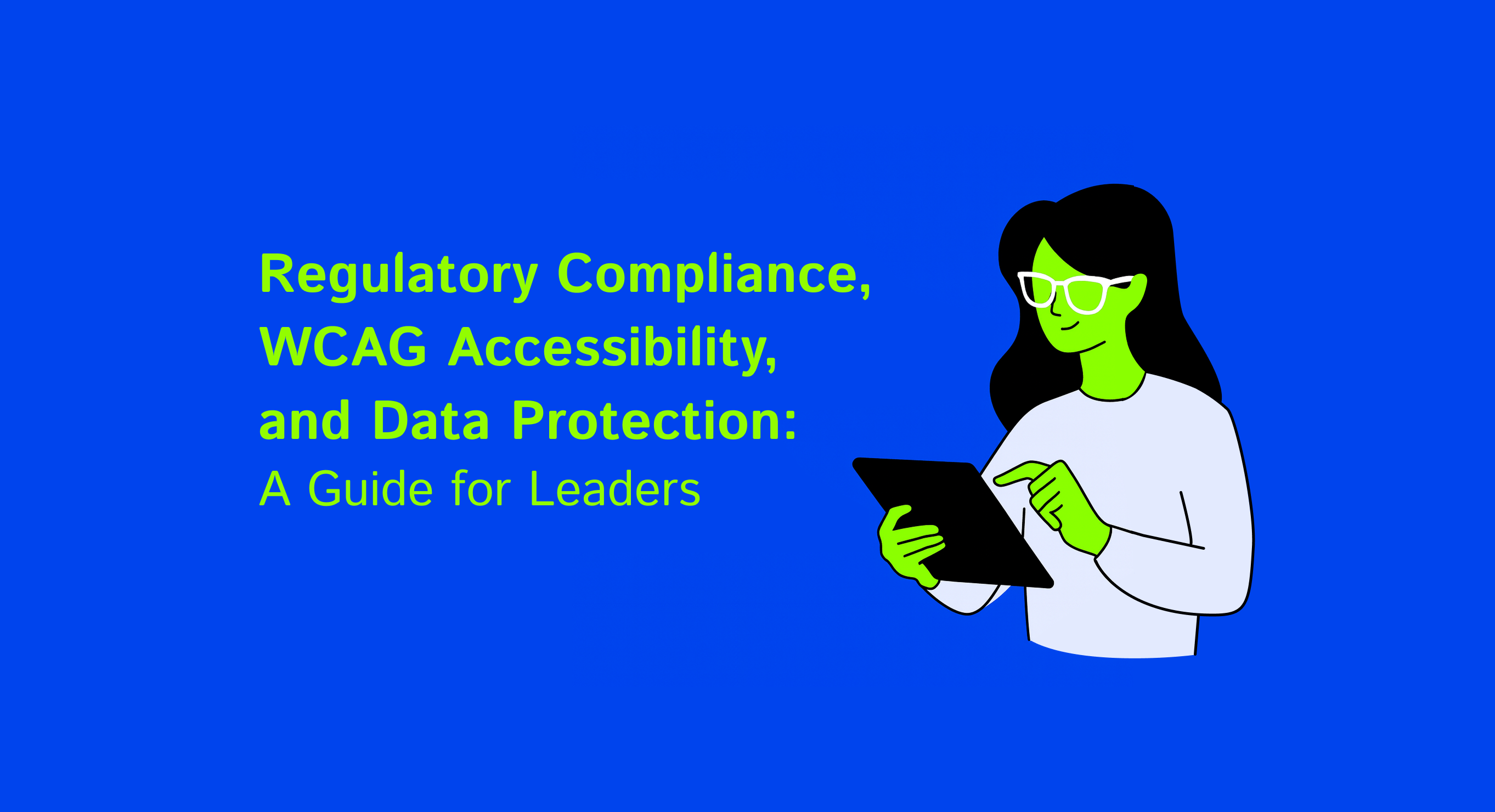
Multilingual Websites that Convert: i18n, SEO and Hreflang Done Right
How to turn international traffic into leads: i18n vs l10n, hreflang, keyword mapping by country and a deploy playbook.
International buyers bounce fast when language and intent do not match. This guide shows how we design multilingual websites that actually convert: the architecture, content strategy, hreflang implementation and the playbook we use to launch, measure and scale.
Why multilingual websites boost revenue
- Better conversion rate: speaking the user’s language reliably lifts conversion on key pages (pricing, contact, checkout).
- Lower acquisition cost: international SEO compounds over time; paid traffic can be localized only where ROI is proven.
- Wider addressable market: serve the same product to multiple regions with localized value props and compliance.
i18n vs l10n: what matters for leads
- i18n (internationalization): technical capability to support multiple locales (routing, formatting, currency, dates, content sources).
- l10n (localization): adapt copy, offers, tone, examples, pricing and trust signals to each market.
You need both: i18n enables, l10n converts.
Architecture that scales (Astro/Next/Svelte)
- Locale routing: subfolders (example.com/es/), or subdomains (es.example.com). Keep it consistent.
- Shared components: one design system, locale-aware text, currency and measurement formatting.
- Content source: CMS or JSON dictionaries per locale; avoid hard‑coding.
- Performance: image variants per region, lazy hydration, edge caching.
Hreflang and canonicals without mistakes
- One URL per language/region (en-us, es-es, de-de) with self‑referencing canonical.
- Full hreflang matrix across all language versions including x‑default.
- Avoid parameterized language (?lang=es) for SEO landing pages.
Keyword mapping by country and intent
Build a per‑market map that aligns queries to pages:
- EN: “website localization services”, “hreflang implementation”, “multilingual seo agency”.
- ES: “sitio web multilingüe”, “agencia de localización web”, “implementación hreflang”.
- DE: “Website-Übersetzung”, “International SEO Agentur”, “hreflang implementierung”.
Each keyword should map to one primary page per locale to avoid cannibalization.
Playbook to launch and scale
- Audit current traffic, languages and revenue by country.
- Choose 1–3 priority locales by market size and SERP difficulty.
- Implement locale routing, dictionaries and hreflang.
- Localize top money pages first (pricing, contact, top services).
- Ship, measure (GA4 + GSC by country), iterate copy and offers.
Common pitfalls to avoid
- Machine‑only translation on sales pages without human QA.
- Mixed language UI (nav/footer untranslated, images unchanged).
- Missing hreflang or wrong ISO codes.
- Duplicate content between country variants without localization of offers.
FAQs
Do I need separate domains per country?
Not necessarily. Subfolders scale well for most B2B use cases and consolidate authority.
How many languages should I start with?
Start with 1–3 locales aligned with proven demand. Add more once unit economics are positive.
How do we measure the impact?
Track locale‑level conversion on contact/quote forms, revenue by country, and GSC impressions/clicks per locale.
Next steps
If you want a hands‑on partner, we design and implement the full stack: strategy, routing, hreflang, translations and CRO per market.
- Get a free assessment → /freequote
- Talk to an engineer → /meet
- Start localization → /contact
Related reads: i18n tools → /blog/Streamlined_and_Effective, International SEO playbook → /blog/International_SEO_Playbook_Keyword_Mapping_Hreflang_and_Country_Landing_Pages, Multilingual CRO → /blog/Multilingual_CRO_Landing_Pages_Copy_Offers_and_Social_Proof_Per_Market.
Latest Articles
Invest in growth
Strategic decisions not only drive success and innovation within your organization but also ensure a dynamic environment where every team member can thrive.
* We will not share your data with anyone.




















